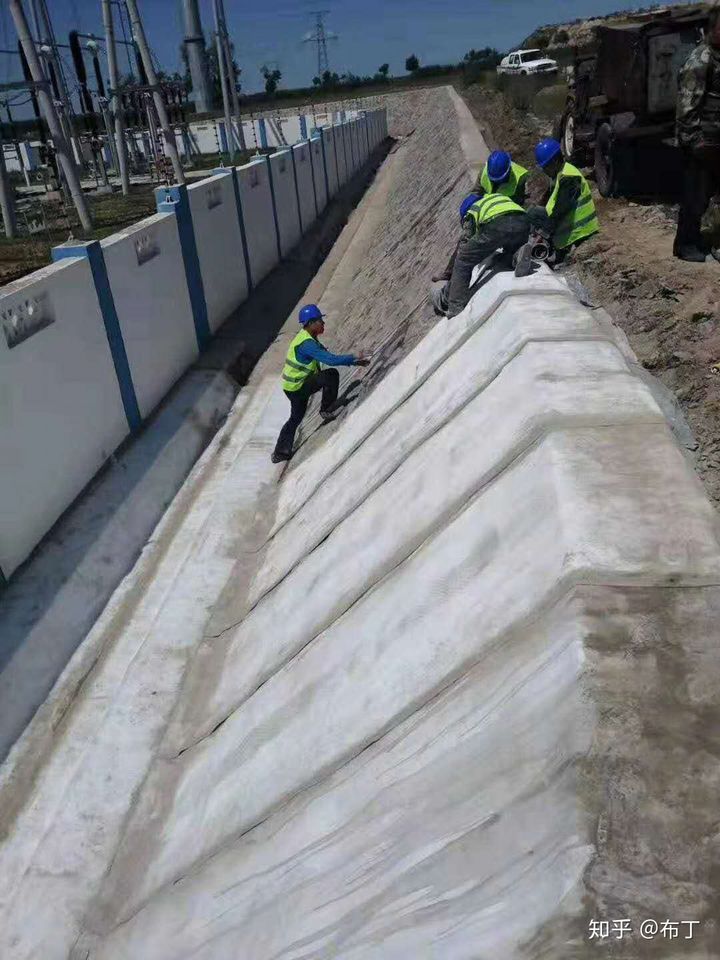
 Back to List
Back to List


1. Preparation
First, plan, measure, and ensure a certain slope so that the water can flow from the upper end to the lower end; second, after the construction site is cleaned and leveled, the construction line should be set according to the design drawing and the drainage slope should be re-measured.
2. Excavation
Set up the construction line according to the design requirements, the sides of the ditch need to be leveled, and the slope in the ditch must not have virtual soil or voids. The water-damaged parts are required to be compacted, except for debris and gravel in the slope, and if necessary, use Panax notoginseng lime soil to compact, or seal after grouting reinforcement, and the treated parts are required to have good stability!
3. Laying
The material can be laid vertically or horizontally. Be sure to tidy up the base, otherwise it will affect the appearance quality!
4. Seam treatment
1 Dig a pit with a width of 10cm and a depth equal to that of the cement blanket generation at the overlapping place of two adjacent cement blankets. Put the cement blanket joint at the overlapping place and flatten it.
2 Press the upper cement blanket on the lower cement blanket along the direction of the water flow, and the overlap should not be less than 10 cm.
3. Apply sealant evenly on the joints.
4. Fix two pieces of cement blanket with φ5*38mm stainless steel screws.
5 Ditch edge treatment
Use rivets to fix the edge of the material on the edge of the groove, and fix the overlap with rivets. After fixing, cover the edge with a picture.
6 Watering and curing
Before watering, you need to check and accept the whole laying, and the thickness can be watered! Each square needs to be watered 9㎏ (the thickness is calculated as 10㎜). It must be poured thoroughly. Sprinkle water evenly from the edge to the middle. It is best to spray with a flow rate of 400ml/min until the cement carpet becomes darker. Do not use a water column with higher pressure! It is forbidden to step on after the water is delivered. When the temperature is less than or equal to 5℃, heat preservation measures should be taken; when the average temperature of day and night is higher than 30℃, the surface should be covered with plastic film or geotextile and other materials to keep it moist. The watering and curing time should not be less than 3 days.